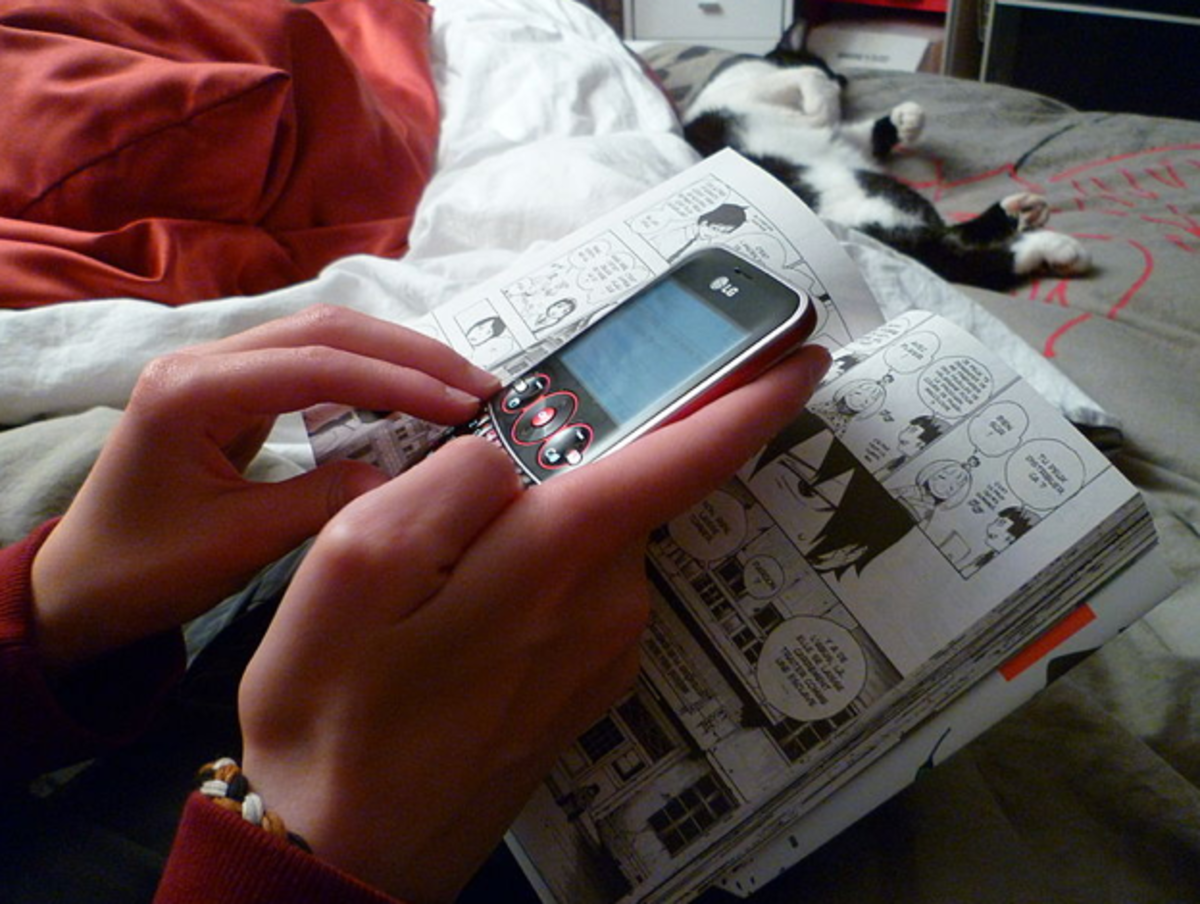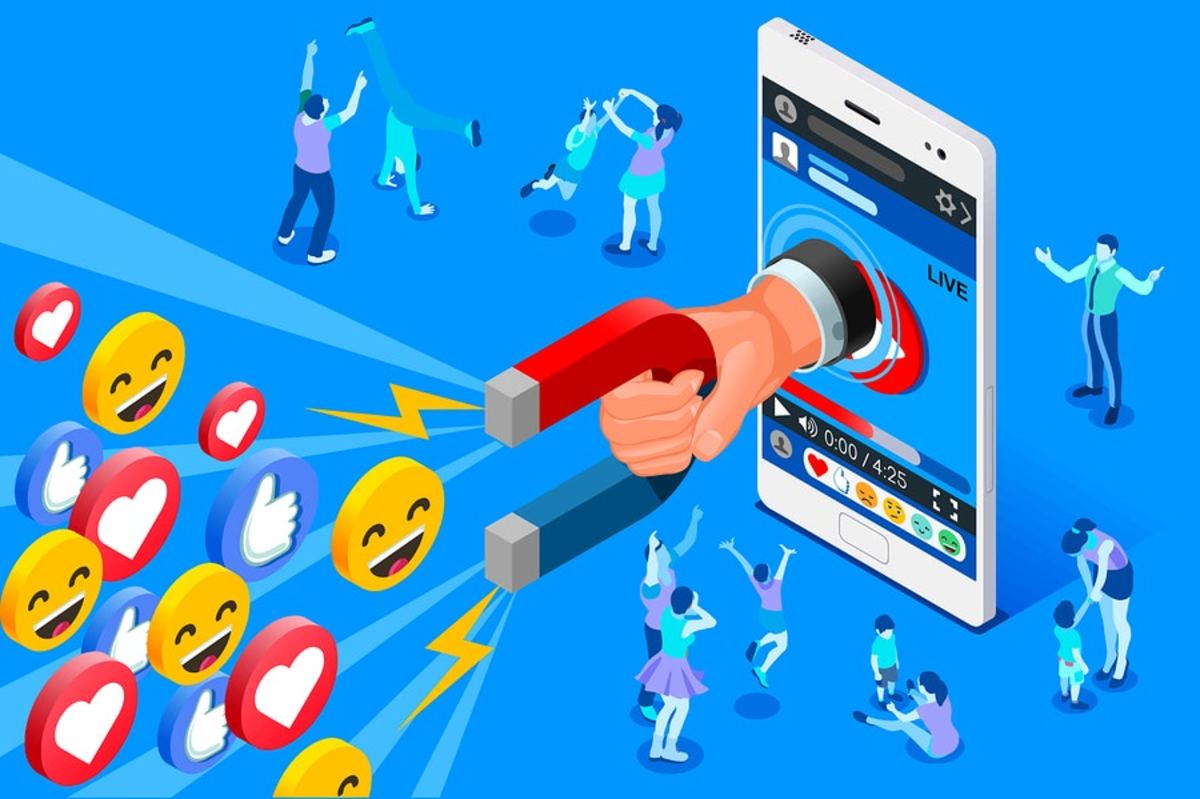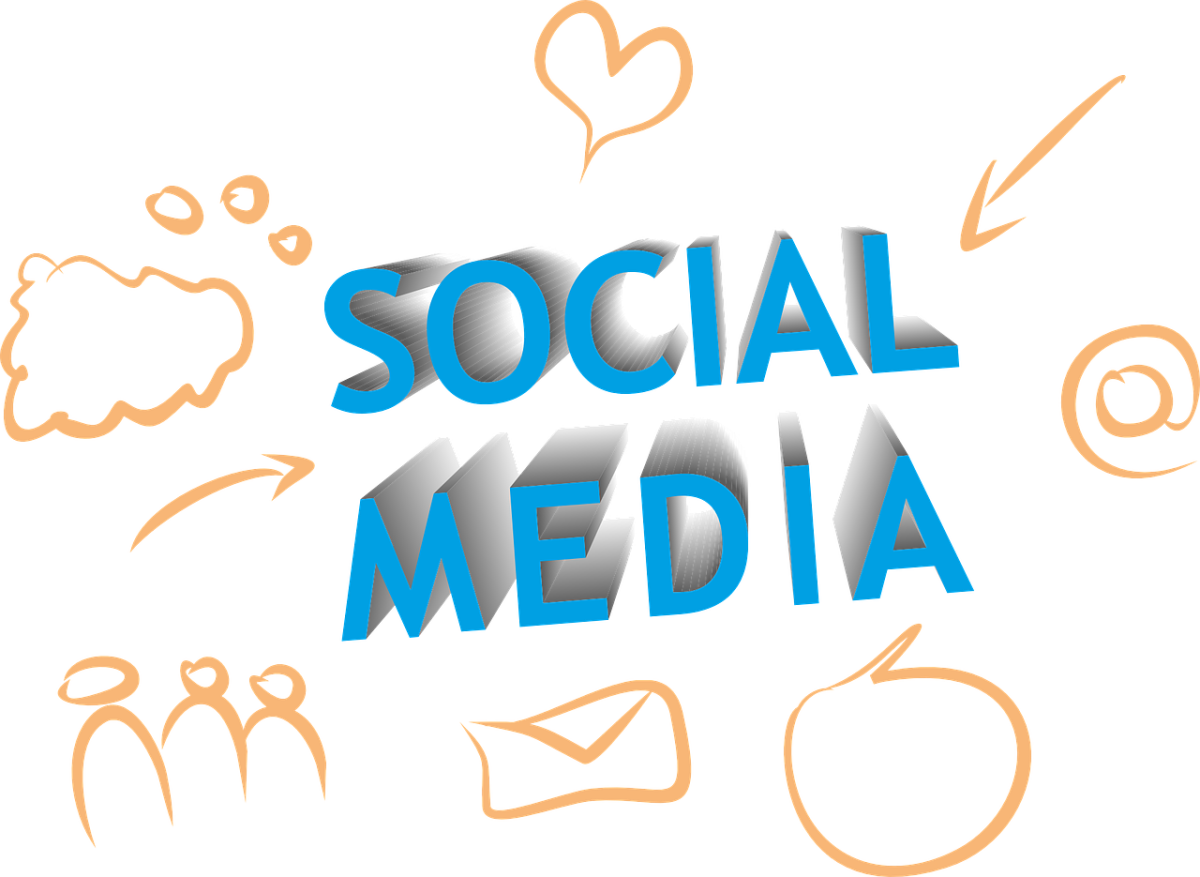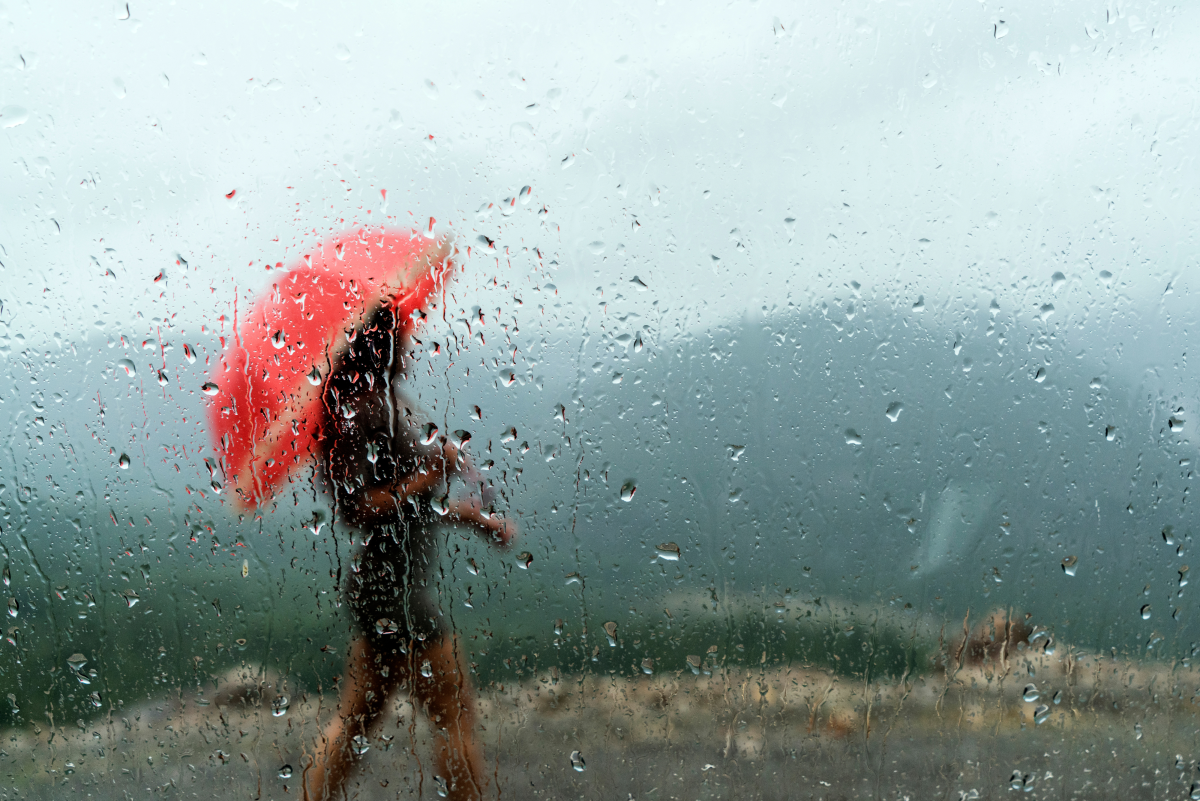Revisiting Occupy Wall Street Riots and How Social Media Fueled It
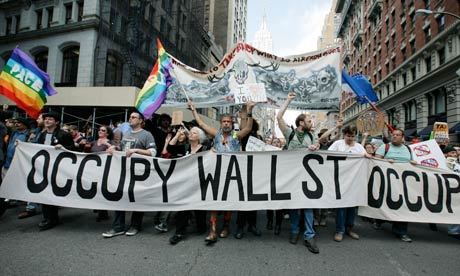
In this face of the 21st century period, there has emerged a new wave of social media technologies that have had a great impact and more so transformed the many of the society’s aspects. Face book, MySpace, Twitter, YouTube and others have a huge global following and have influenced the political, social and information activities of persons or organisation in the global perspective. However, in the recent times, controversy over the kind of information exhibited in these social media platforms have sparked responses from other members of the community with regard to the ethics and philosophers in technology. While this reactions may be challenged by the day to day development of these new technologies, there is an urgent need to observe the ethical aspect of free speech in social networking.
As social networking continues to develop, there is a growing concern by many people on the abuse of the rights of speech and communication on its platform. The misuse especially has been with regard to “free “expressions and speeches which are allowed in the media platforms by these companies. In these social media, it is common nowadays to view comments, postings, photos and videos which may not even follow sound ethical and moral standards of the human nature. This is irrespective of the consequences such comments or action may pause to the rest of the populace such as children. In posting such irregular and incoherent messages, it seems that people are no longer observant on ethical and moral obligations towards others. This also brings us to another question of whether the social media companies are considerate on this situation.
Occupy Wall Street Riots
An example of how social networks can cause damage could be derived from events in Wallstreet riots. Internet communication concerning Wall Street riots became a global phenomenon overnight as rioters portrayed the group’s activities on twitter where they also uploaded photos and videos of the operations of the rioters in several parts of the world. By the use of their phones and other social media platforms, rioters distributed to the world the operations to create awareness on the presence of these people to the rest of world. By use of Twitter, Facebook and You Tube, demonstrators posted their comments, photos and videos which whereby the messages were exaggerated to create a wrong impression of the events taking place.
The overall face book users at the time in Occupy Wall street demonstration actually amounted to 1.2million people. Many of the facebook pages resulting from the increased number of users focused on the ongoing protests not only at the occupy Wall Street, but also Occupy Brazil, Occupy Berlin, Occupy Sydney and Occupy Tokyo. These were protests that were a replication of Occupy WallStreet.
The social media platforms such as Foursquare, a service that helps to find the location of place and Meetup.com were also found to be used by Wall Street Planners in order to find one another and also plan for these protests. The Occupy London facebook page was found to have more than 19000 users; these was the main platform for London protestors who wished to exchange their updates, videos and photos on the development of the “operations” .
Occupy together, which was a face book page had an upsurge of around 131,000 users at that time. They used to present to their members and the public regular updates on the planning of the rioting which were then shared by more than 500 persons and also more than 300 people wee frequently leaving comments on this page
On Twitter, the demonstrators employed tags such as Occupy London, Occupy Tokyo, and Occupy Sidney in order to manage the growing number of bloggers from around the globe. All through the day and nights, links to photos mobile phones and videos flowed. The only problem that was experienced by some people was the constant flow of electricity in order to continue blogging or using the media.



